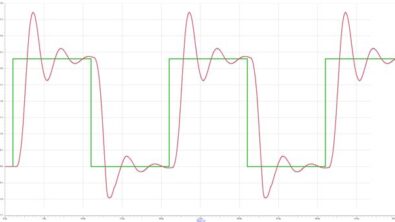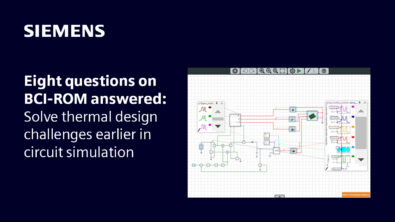The length of your terminator doesn’t matter
Many designers go to great lengths to make sure they do appropriate length-matching, even to the level of including the lengths of their terminators (resistors) in their routing. Although this seems like a way to be ultra-precise, it is actually being less precise. The reason is that the body length of a resistor is very small compared to the change in edge rate and thus real delay caused by the resistor.
For instance, if you take two 0402 resistors, they are each 40 mils long. One is 10 ohms and the other is 75 ohms. The difference in timing delay between the two resistors is around 100 ps, which is well over half an inch (500 mils) on a PCB. This easily dwarfs the 40-mil length of the resistor. Similar to yesterday’s blog on vias, the real “delay” through the resistor should be identified by simulation.
If the resistors are on nets that need be length-matched, both nets will most likely have the resistors in place, and their effect will be nulled anyway since they exist on both nets. If two nets need to be length-matched and only one has the resistor in place, the other one will have different buffers anyway which will also affect the timing. And here, the real timing effect of the resistor would also need to be measured in simulation.
You can read all about length constraints and timing in my recent article in EETimes:
http://www.eetimes.com/design/signal-processing-dsp/4212315/Meeting-timing-specs-on-boards-with-picoseconds-of-margin-semiconductor


